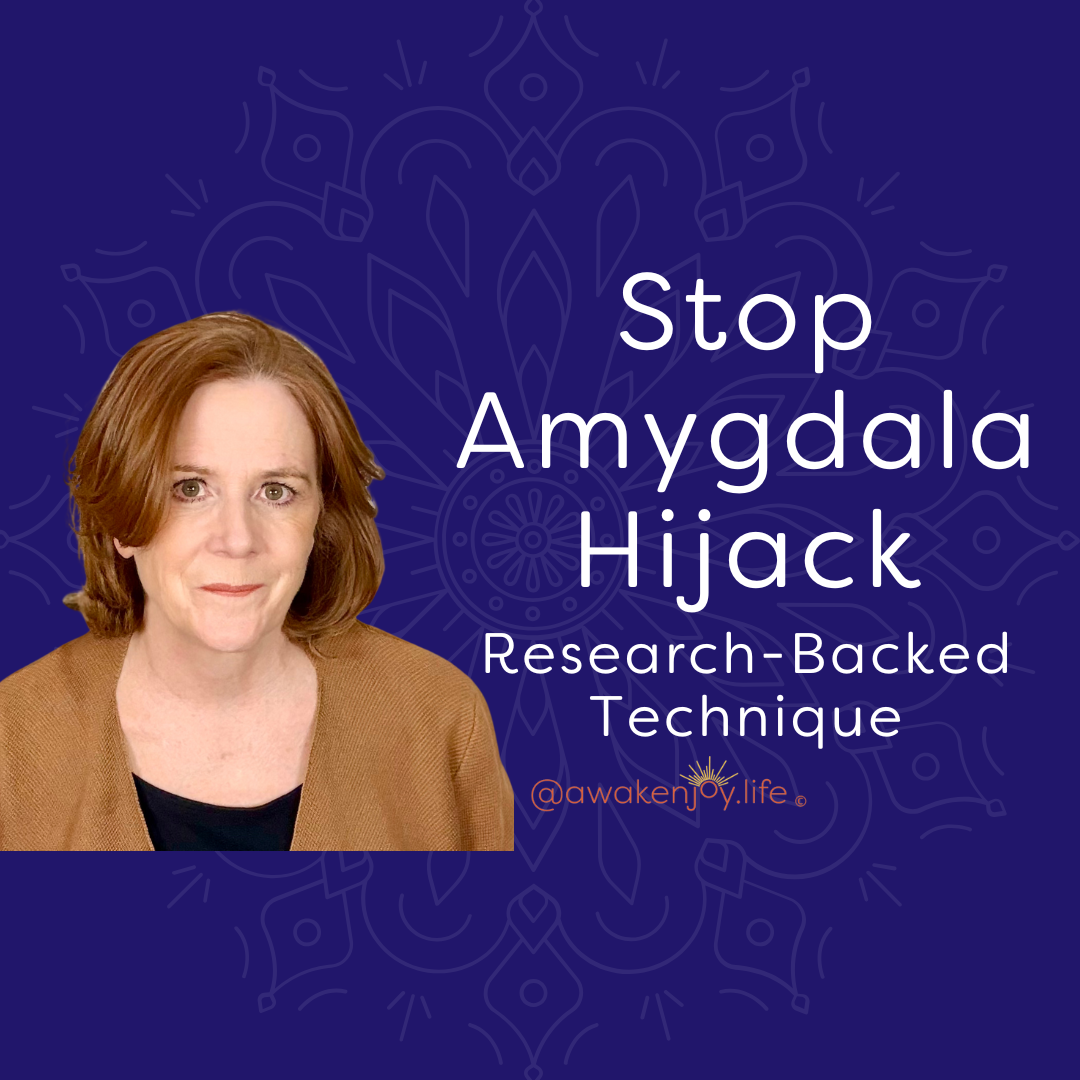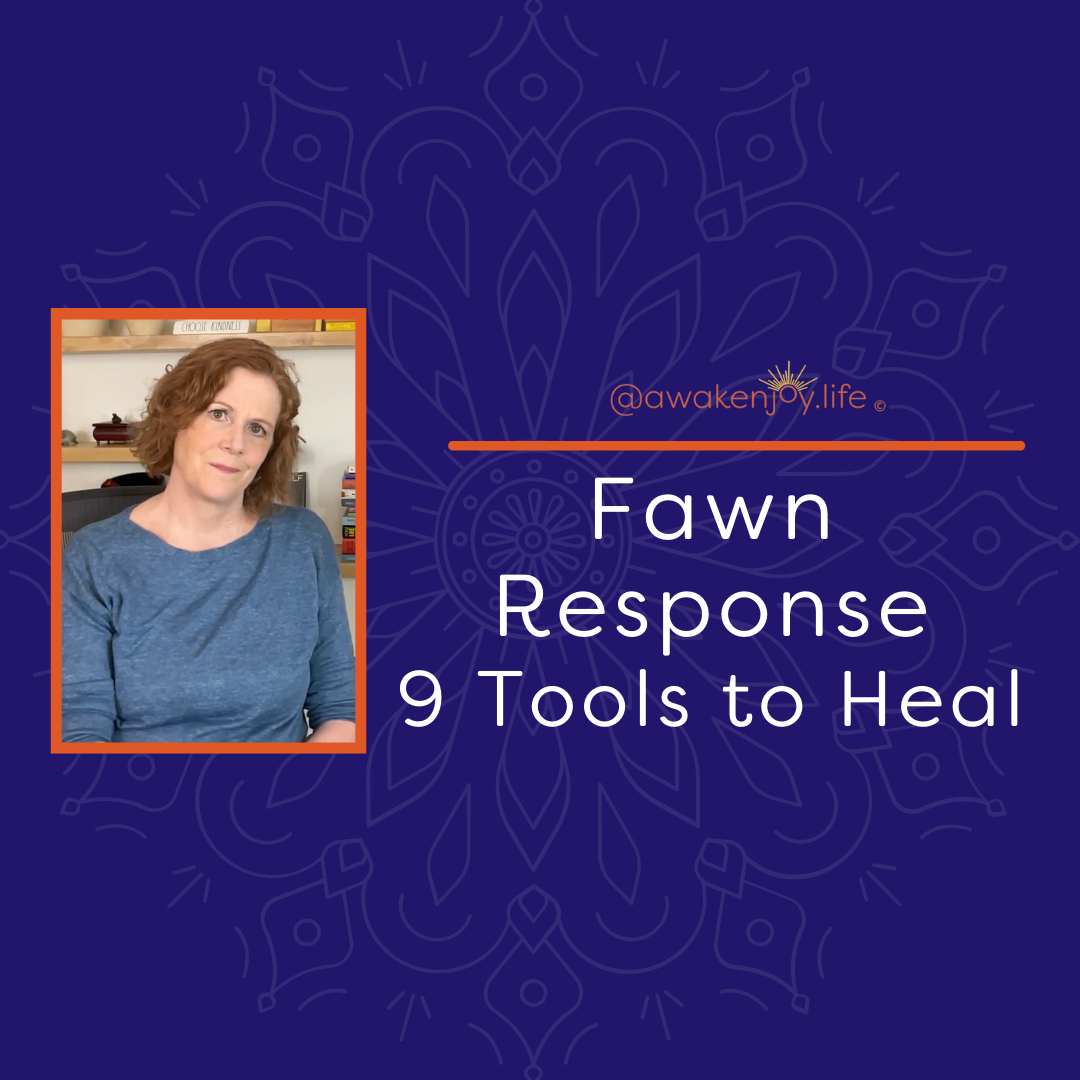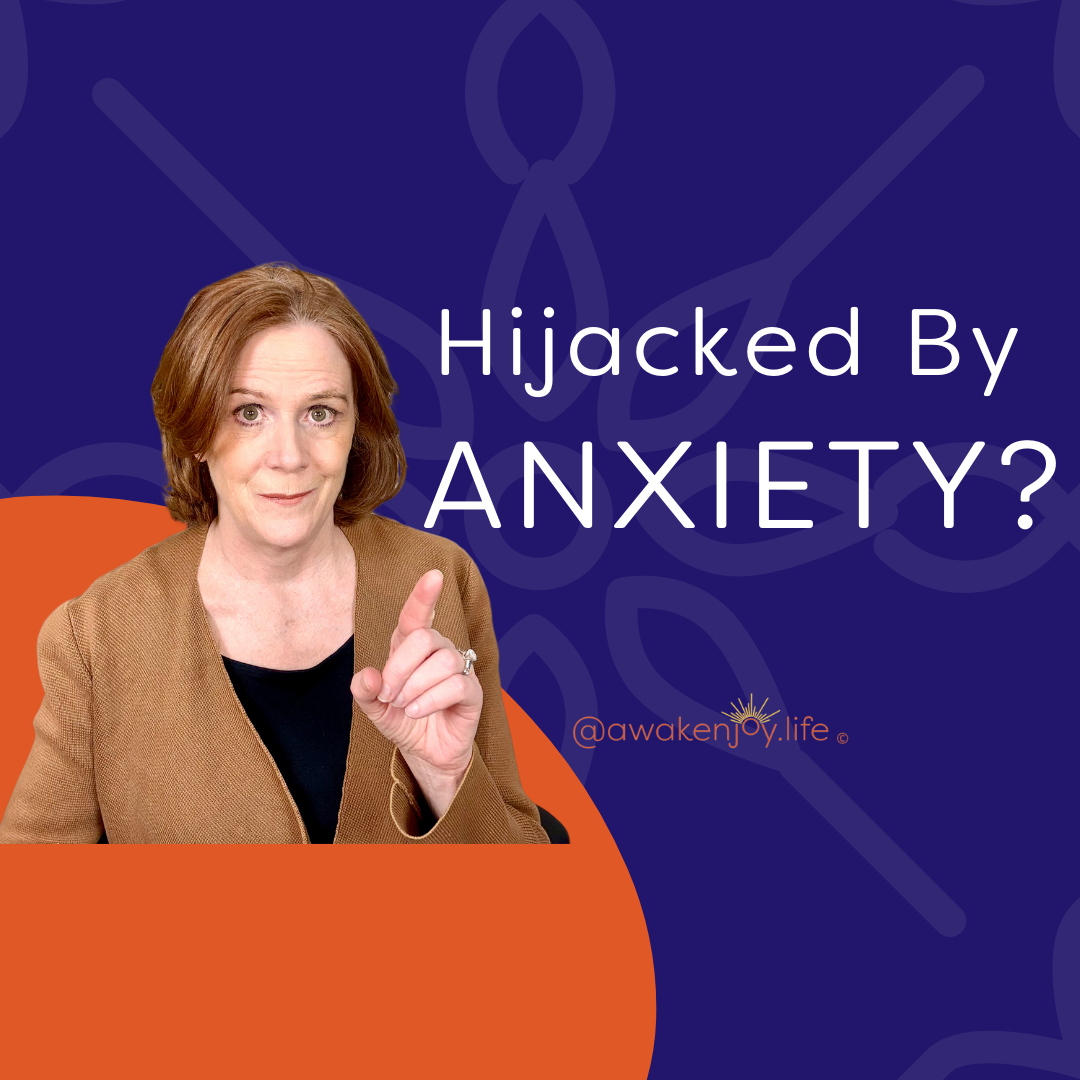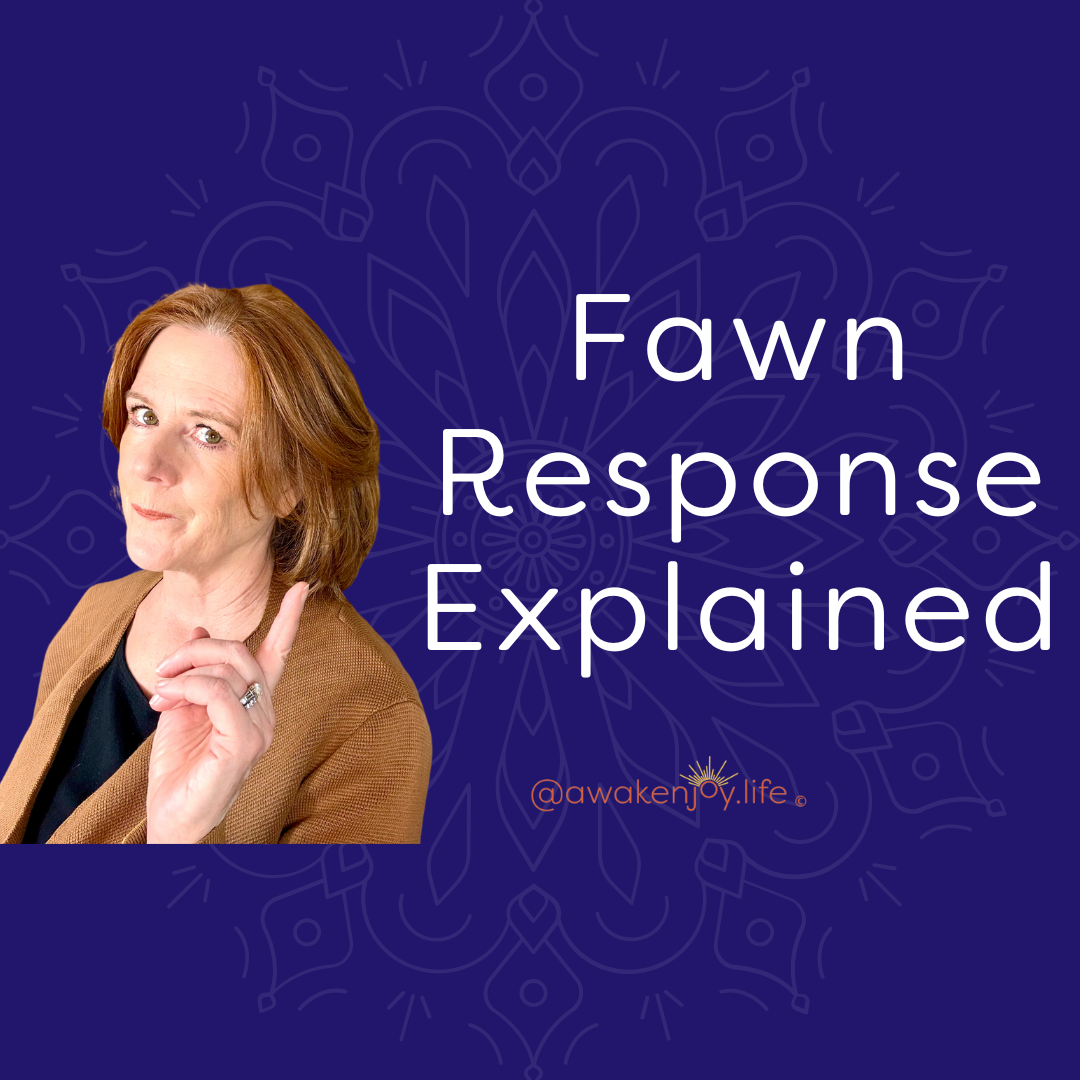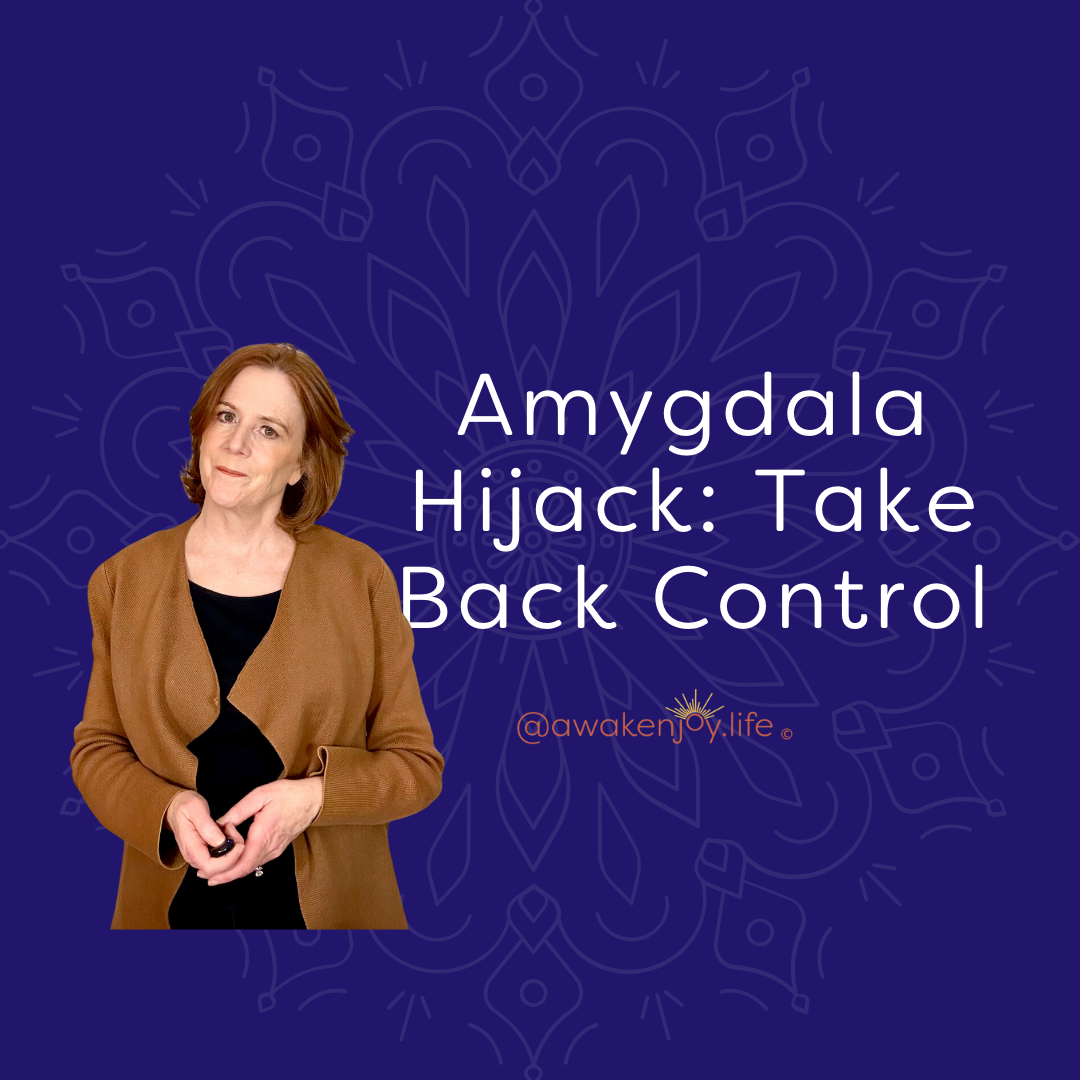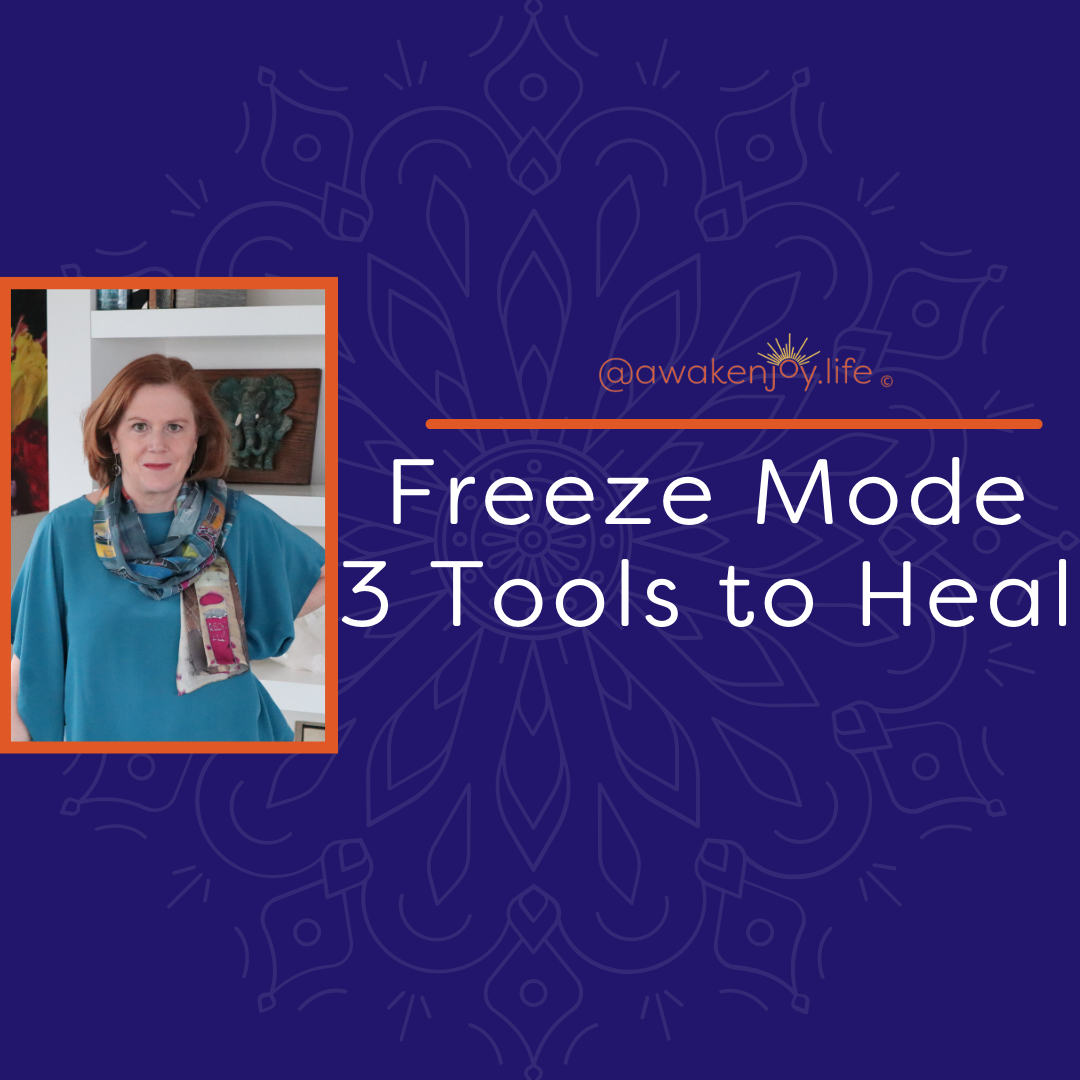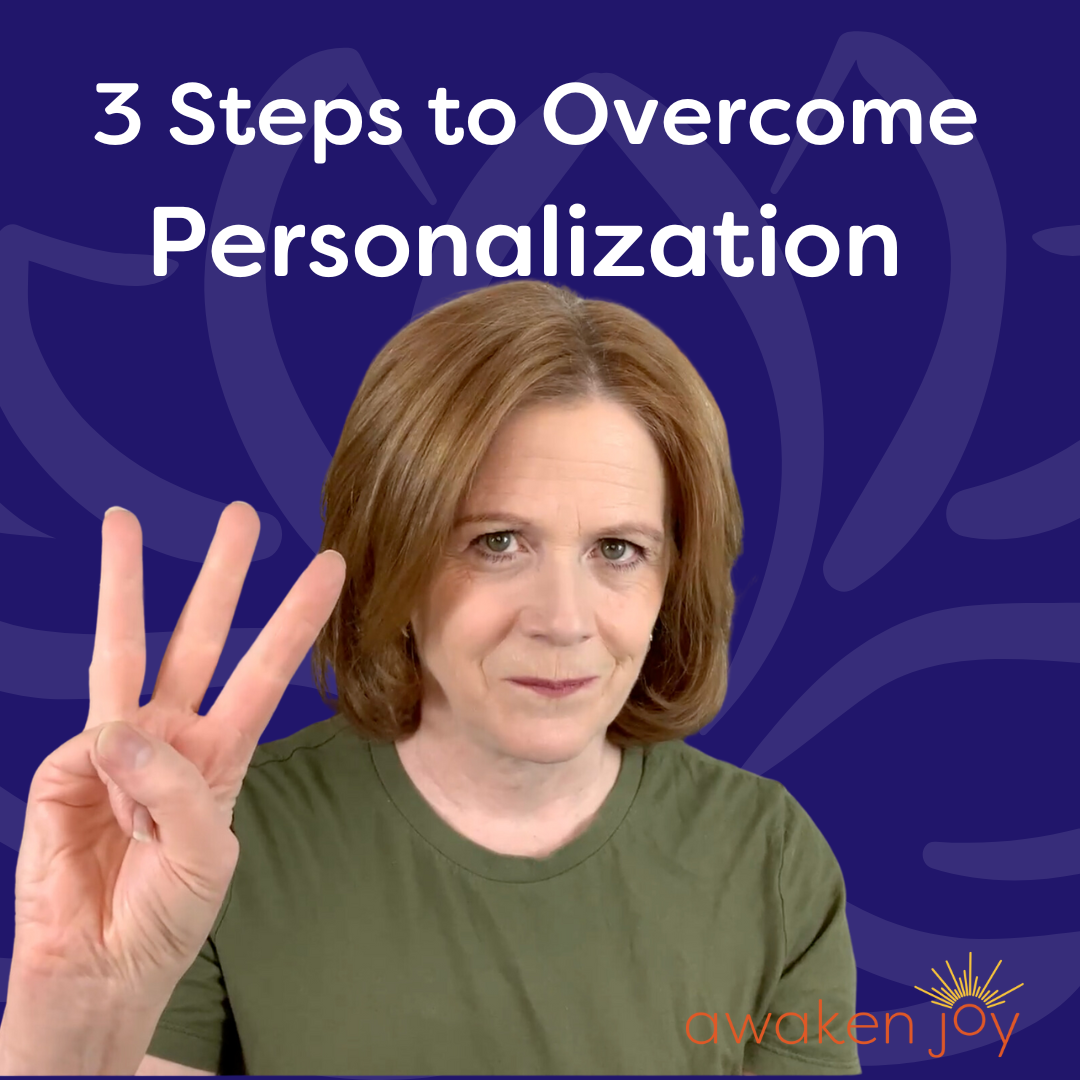CALM ANXIETY

Anxiety: racing thoughts, rapid heart beat, an overwhelming feeling of fear.
These are some of the cognitive, physical and emotional manifestations of anxiety. the three aspects weave a trap for the individual who can not see their way out. anxiety is more than just the anticipation of what may go wrong; anxiety causes the person to experience the worst as if it were actually happening.
Some people feel their anxiety cognitively: a continuous stream of worries which keep the person out of touch with the present moment. Other people experience their anxiety on a more somatic level, with stomach aches, headaches, high blood pressure, an elevated pulse rate, sweating, heart palpitations and/or panic attacks. These symptoms may be tied to a particular thought or activity, or they may seemingly arise out of nowhere.
Some people may not even be aware of how much anxiety they have. They know they can not sit still or relax as others do, but it is justified by the need to “always do one more thing.” This is a type of “activity addiction,” where the activity is an escape from the feelings that arise when one is quiet. These people are operating under the constant pressure of stress, and may be irritable and/or quick to anger.
When does stress become anxiety? Stress is an important physiological reaction which helps us temporarily increase functioning in certain areas to deal with a heightened or dangerous situation. In small doses, stress can help someone taking an exam, giving a speech, or fleeing from danger. However, when our bodies’ fight-flight response is constantly activated, it leads to debilitating physical and emotional symptoms. For most of the situations we deal with on a daily basis, we do not need the flood of adrenaline that we would have needed in the times of the cave man when we were under attack from a saber tooth tiger.
Recovery from anxiety is a process of becoming more keenly aware of how anxiety operates in the body and in the mind. There is a “feedback loop” in which anxious thoughts cause physical stress reactions and feelings of dread; the physical reactions feed the anxious thoughts and feelings; and the feelings, in turn, exacerbate the thoughts and sensations. As a person becomes more keenly aware of how this feedback loop operates, they can begin to interrupt it. Taking deep breaths actually stimulates the parasympathetic nervous system, which calms the body. Taking a pause to breathe can also give the person the awareness of “do I want to go down this path with my thoughts?”
The tool of bringing the thoughts back to the moment also helps to interrupt this cycle. Ask yourself: in this moment, am I in danger? Remember, the physical reaction you are having is as if you were being attacked by a saber tooth tiger. A deep breath into the moment, and a cognitive awareness that you are not in danger this second, can help the body calm down so the planning portion of the brain can operate more sensibly.
One of the best books I have read on this topic is Dale Carnegie’s How to Stop Worrying and Start Living, originally published in 1944. I imagine this sounds a bit corny, yet the book has timeless wisdom for changing the worry habit that is rampant in our society. Carnegie speaks about living in “day-tight compartments.” Worries are always about future events, frequently ones we can do nothing about today. As Dean Hawkes of Columbia University said, “Half the worry in the world is caused by people trying to make decisions before they have sufficient knowledge on which to base a decision.”
For people seeking relief and recovery from anxiety, numerous effective alternatives exist. Yoga, meditation, increased self-awareness, and exercise can all be helpful. Psychotherapy techniques, including Cognitive-Behavioral Therapy and EMDR, have been shown through scientific research to effectively treat anxiety disorders.
There are limited medications which are useful for anxiety. Certain SSRI antidepressants can help some people with anxiety, and are not addictive. However, the commonly prescribed benzodiazepines (alprazolam (Xanax), lorazepam (Ativan), diazepam (Valium), etc.) are highly addictive, and generally should not be used other than as short-term treatment for an unusual event. Medications do not cure the underlying causes of anxiety and have side effects. If you choose to try medications to help your anxiety, it is important to be under the guidance of a highly trained physician or psychiatrist, and to take the medication only as prescribed.
Alcohol is not a good coping mechanism for anxiety. Alcohol, benzodiazepines or other depressants cause a noticeable, fairly immediate feeling of relaxation; however, when the effect wears off, the anxiety is increased, and the person reaches for another drink or pill. Over time, more and more of the substance is needed and the need for the substance is felt more and more strongly.
The cure for anxiety is internal, not external in the form of a pill or drink. Carnegie’s advice about living in “day-tight compartments” echoes the wisdom of the 12 Step slogan “One Day at a Time.” Similarly, the Serenity Prayer is a wonderful device for increasing one’s feelings of peace. “God, grant me the serenity to accept the things I can not change; the courage to change the things I can; and the wisdom to know the difference.”
This article was published in the New Canaan News-Review on June 12, 2008 and in the Darien News-Review on June 19, 2008. Written by Barbara Heffernan.
Blog Author: Barbara Heffernan, LCSW, MBA. Barbara is a licensed psychotherapist and specialist in anxiety, trauma, and healthy boundaries. She had a private practice in Connecticut for twenty years before starting her popular YouTube channel designed to help people around the world live a more joyful life. Barbara has a BA from Yale University, an MBA from Columbia University and an MSW from SCSU. More info on Barbara can be found on her bio page.
Share this with someone who can benefit from this blog!
